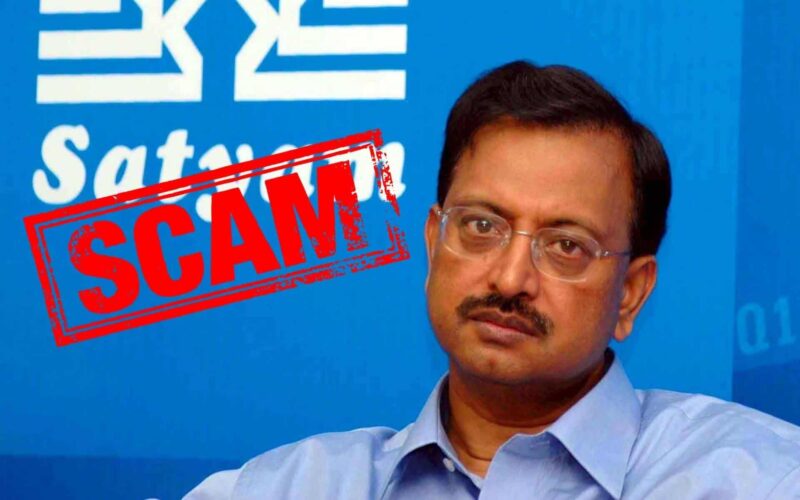A LEGAL INSIGHT ON LOW DEATH PENALTY CASES IN INDIA

Author: Anubha Kumar, a student at Symbiosis Law School, Hyderabad
Abstract
The paper discusses and analyses the low death penalty rates in recent times. It focuses on the provisions which were held unconstitutional on the rights guaranteed to the citizens of India. It also highlights the main viewpoint and correlates with the issues and role of the topic in relation to the recent and landmark cases that had rendered opinions, and suggestions and had been challenged in the court of law. It also aims to provide an analysis of the recent trends with the doctrinal approach of the rarest of rare cases and other factors contributing to the reasons for the minimal amount of capital punishment. The research paper aims to prepare a study of the revolvement around the topic by providing a key study on the reasoning behind the judicial power of the court regarding an execution order. The problems and their showcase have been discussed with analysis and proper evaluation has been done in the research paper.
Death sentence in India
The highest or the elevated part of the punishment in the judicial system is adjudicated by the judge with scrutiny and considering all the factual matrix of the case. The court of law confers upon the giving of a death sentence to the offender as a means of providing real justice to the offenders for the gruesome crime they had committed against the law. From the Indian law perspective, the death sentence is not used in a far-fetched manner but rather in a constrained manner where the punishments are insufficient for the accused. Various offenders escape the sentence to death and are pushed down to life imprisonment. The cases of murder, rape of a minor, or brutal sexual assault can be seen to be given the most sentences for execution.
How and why the sentence is awarded
The sentence of the capital punishment is complex and challenging. The procedure is laid down once the accused has been proven guilty. Herein, the convicted has the right to appeal against the sentence in the higher court for which a review is taken place and the explanation by the court is ascertained and when all the remedies available are exhausted and cannot be taken place, there is the execution order.
Section 354(5) of the Criminal Code of Procedure,1973 gives directions for the death penalty to be executed through “hanging” till the accused is dead.
Section 368 of CrPC,1973 gives the power to the High Court to provide a death penalty on the convicted person or to invalidate the conviction.
It is also ascertained with Indian law that the convicted person shall not get away with a lighter punishment when the crime is an inhumane act, brutal and the blood boils on hearing the facts of the crime committed in the constitutional, social, judicial, and moral matrix.
The courts are also bound to provide a rationale to adjudicate lesser punishments than awarding a capital punishment. While looking at the number of capital punishments that have taken place, only a fraction of people have been awarded while the remaining portion have escaped the punishment of imprisonment to life.
Unconstitutionality of Section 303 of the Indian Penal Code, 1860
With multiple cases being challenged in the court of law on the unfair and miscarriage of judicial power, Section 303 of the Indian Penal Code,1860 was abolished. It was constitutionally challenged on the grounds of depriving one’s right to life and personal liberty. The section provided a death punishment that was mandatory in cases of murder who were also charged imprisonment to life. It was struck down based on being arbitrary in nature and deprivation of life by unfair procedures laid down by law.
In Bachan Singh vs. State of Punjab, the SC had laid down that it was imperative to consider the factors around the criminal as well as the offence committed. It also laid down many factors which were mitigating in the establishment of capital punishment. Therefore, it stated, “life imprisonment was to be considered the rule and death penalty the exception”.
Yet in another landmark judgment of Mithu Vs State of Punjab, where the mandatory death sentence laid down for the offence of murder was annulled by the Supreme Court. It gave its reasoning on the basis of the arbitrary distinction between the punishment by death and the punishment of life imprisonment and therefore restricts the court’s discretion on the case.
The holding unconstitutionality of such provisions pointed out that there was no substitute for a death punishment. It was rendered without taking account of all the factual matters and circumstances of the accused person. It also added to the point of having no rationale and nexus with the object of a mandatory imposition. The court had also declared that the motive and intention behind committing a crime varies from one person to another and concerning every person’s circumstances, it cannot be granted an execution order.
Recent statistics in capital punishment cases
Examining the frequency of capital punishments depicts an irregular curve since such cases fluctuate over time. As per the Annual Statistics Report 2022, the number of death sentence cases being imposed in 2019, and 2020, were 45.9%, and 47.3%. While in the years 2021, and 2022 47.35%, and 42.25% respectively. From the figures shown, there was a dip in the number of impositions and changes with circumstances and other factors. The doctrinal approach of the rarest of rare cases and mercy petitions also results in the dipping of the cases.
The doctrinal approach of ‘Rarest of rare cases’:
As seen from the above statistics with a low number of impositions of the death penalty, only where the convicted person has exceeded its humane act and the act is of such a nature where multiple offences are being adjudicated against the convicted person, carries out in rarest of the rare cases. The Indian law believes in the rare cases doctrine. It is awarded in the gravest form considering the gravity of offences, the damage and injury caused to the victim, the seriousness of the act, and in extremely severe cases.
In the famous case of Mukesh and Anr. Vs State for NCT of Delhi & Ors. also known as the Nirbhaya Case, the accused were held liable for gang rape along with an FIR registered under multiple offences under the Indian Penal Code. The Hon’ble Court stated that even if there were mitigating circumstances like young age, dependant ailing parents, and post-crime remorse, aggravating circumstances outweighed them, warranting confirmation of the death sentence. There was a delay in the pronouncement of the death punishment provided that there wasn’t any judicial error in making the penalty.
The court relies on giving penalties that extend to life imprisonment as an escape from the death penalty which cannot be taken back once given. There has also been an ambiguity in the part to ascertain where the doctrine of Rarest of rare cases would be applied as according to Justice Bhagwati “such a criterion would give rise to a greater amount of subjectivity in decision making and would make the decision whether a person shall live or die dependent on the composition of the Bench”. It is the sole discretion of the court to decide and to choose his right to life and die in the provided circumstances.
Other factors contributing to the low rate
One of the key reasons for low capital punishments in India is the rigorous legal procedure for the cases including different petitions which also result in mercy petitions by the accused. This further causes a delay in execution order and thereby by the introduction of appeals and review of the shreds of evidence divert the case around. Mercy petitions are given by the president in consideration with the Cabinet to prevent any misuse of the power or the judicial power to deter the person’s right to life.
Another reason is the power of judicial review by the court to review the explanation of the lower court ascertaining why there was no alternative punishment for the grave crime committed. A question of morality is always posed which results in a conflict on the legal ground, many oppose the use of such punishment as it is morally wrong for a bench to decide whether an individual has the right to live and not entirely pushed down to the hands of the judiciary without interpretations of arguments of either side. It also noticed that the victim’s family and the society in support often seek a death punishment without a particular legal stance on the matter.
In a Court of Law, where both parties are given a chance of hearing and pleading it becomes to prove whether the person had contributed to committing such a crime or there has been a web of accusations which he/she is trapped within. There cannot be an existence of a judicial error after a person has been executed and cannot be risked for judicial risks.
Conclusion
Indian laws occasionally favor the death penalty, but they also do not entirely oppose it. The main question on the fact whether such capital punishments being low in India should thus be removed and abolished. In consonance with the above question, it is too extreme to abolish and is arbitrary to impose on all the cases of murder as the circumstances vary. It becomes critical to prove concerning the pieces of evidence available for a grant of the death penalty that such a person is liable for the heinous crime and only after due care and reasonableness in the case where the court explains the sentencing to death. Awarding a death penalty in haste without properly analyzing the facets of the entirety of the case would lead to faults and misappropriation of the rights of the citizens. Therefore, a system of death punishments in India is contributed with a humane and cautious approach.
Sources:
- Krishnayan Sen. (2004). On Death Penalty. Economic and Political Weekly, 39(34), 3762–3860. http://www.jstor.org/stable/4415427
- Vatsa, A. (2019). DEATH PENALTY IN INDIA: AN EXAMINATION OF THE HISTORICAL DISCOURSE. Proceedings of the Indian History Congress, 80, 1174–1182. https://www.jstor.org/stable/27192972



